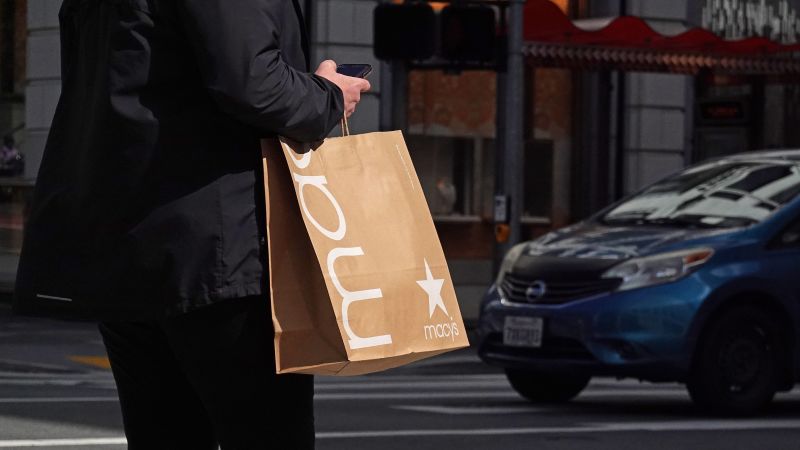Americans cut their retail spending in October for the first time since March, with interest rates at a 22-year high.
Retail sales, which are adjusted for seasonality but not inflation, fell 0.1% in October from the prior month, the Commerce Department reported Wednesday. That’s the first monthly decline since March and was a smaller decline than economists were expecting.
October’s decline in retail spending is potentially an early sign of a slowing economy as US consumers get squeezed by higher borrowing costs and they continue to rack up credit card debt.
A drop-off in sales of some big-ticket items helped drive October’s decline. Car sales fell 1.1% in October from September, while furniture sales declined 2% during the same period. Durable goods — or products meant to last at least three years — are often purchased using credit.
Americans still kept spending at a decent pace at restaurants and supermarkets, rising by 0.3% and 0.7% in October, respectively.
The Federal Reserve has raised interest rates 11 times since March 2022 in a bid to combat high inflation, which has slowed markedly from its four-decade peak last year.
After a summer of robust economic strength, Fed Chair Jerome Powell and other officials at the central bank have said the economy will need to cool further to ensure that inflation is on track to the 2% target.
Wednesday’s retail sales report bodes well for the Fed, since it shows spending isn’t reaccelerating or remaining stubbornly strong. The decline was also modest, so there isn’t yet any indication of severe economic weakness.
This story is developing and will be updated.
Read the full article here




